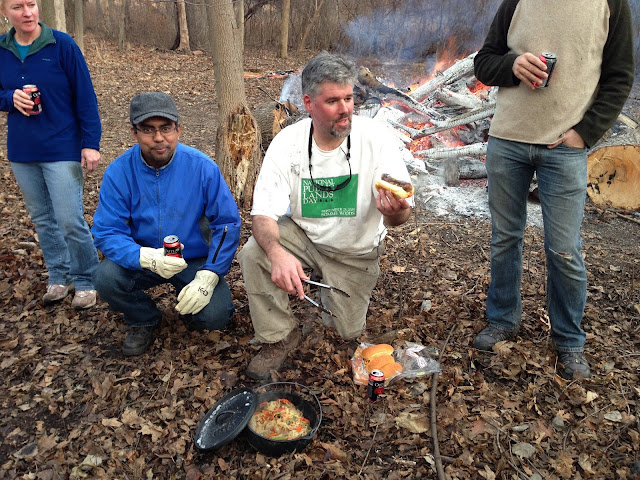Who makes peace with nature?
What would it mean?
Is the deerslayer a murderer or a pacifist?
When someone else has killed every
wolf and bear and lion …
when as the poet says,
the mountain is afraid of its deer …
does the deerslayer deserve her prize?
What trees do they cut?
New forests mown down to their nubs …
does she deserve her prize as well?
Sprayers of poison, pullers of defenseless weeds,
strikers of the match that kindles the fires
that blacken all they catch … are they noble?
For tallgrass nature
with one one-hundredth of one percent left on planet Earth,
is it not time to sign the treaty?
Who makes peace with nature?
Whatever will it mean?
















